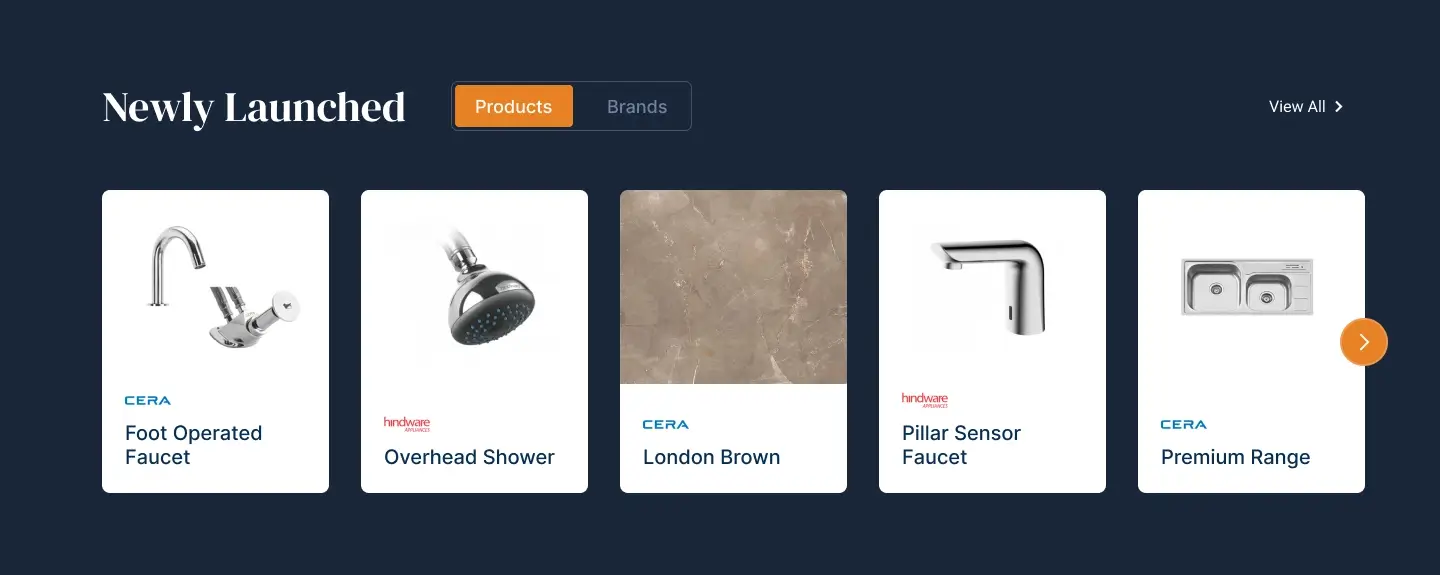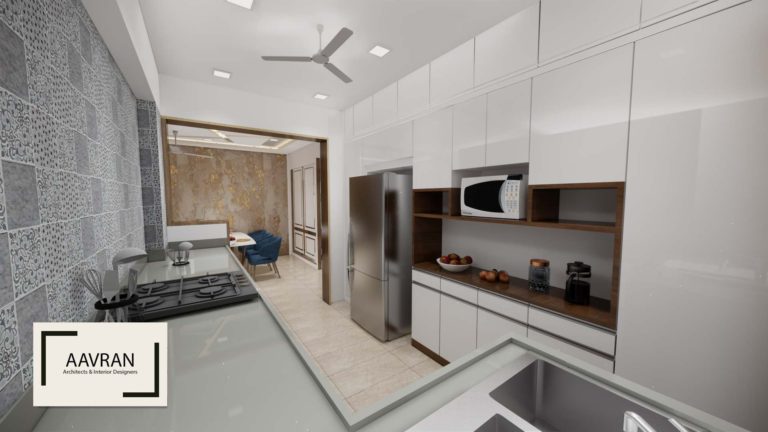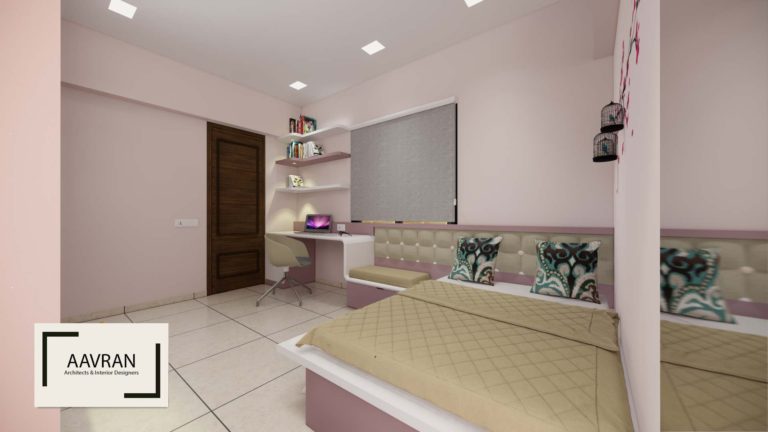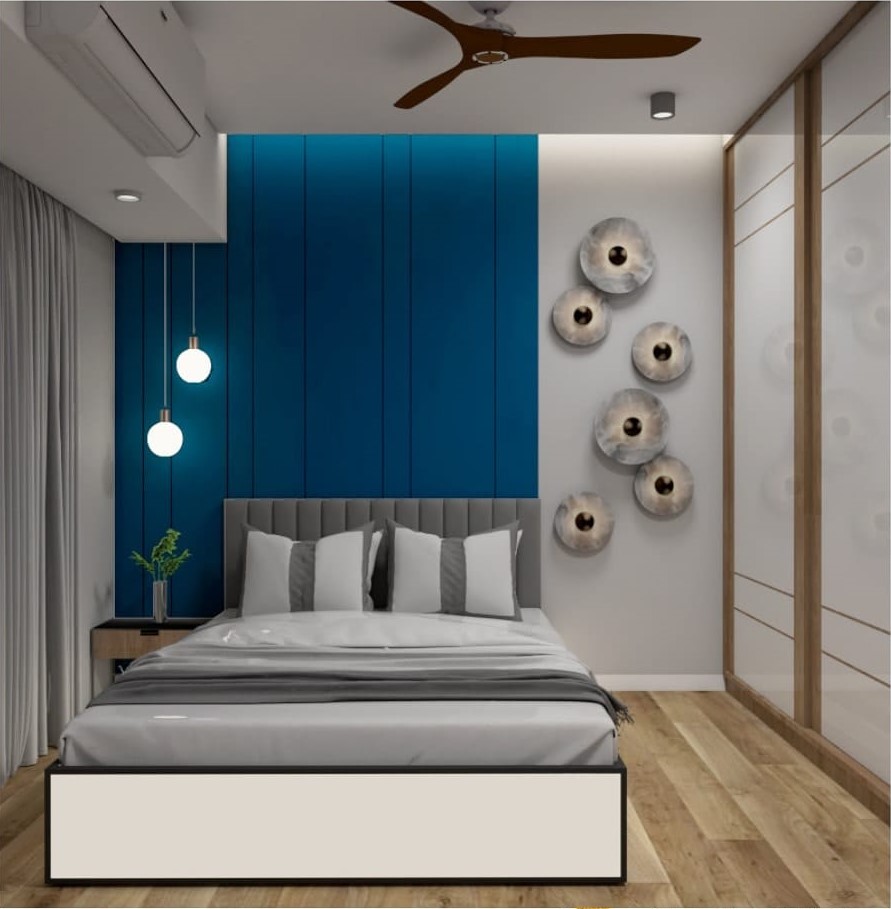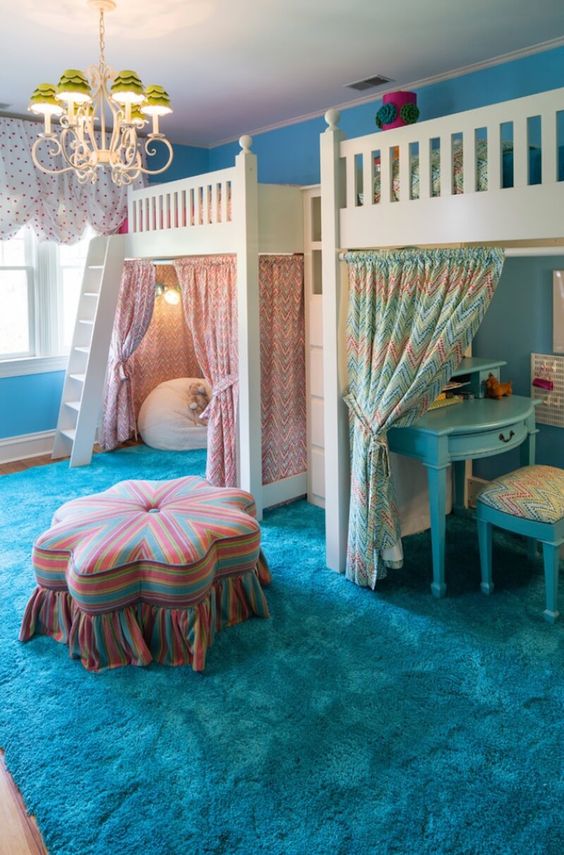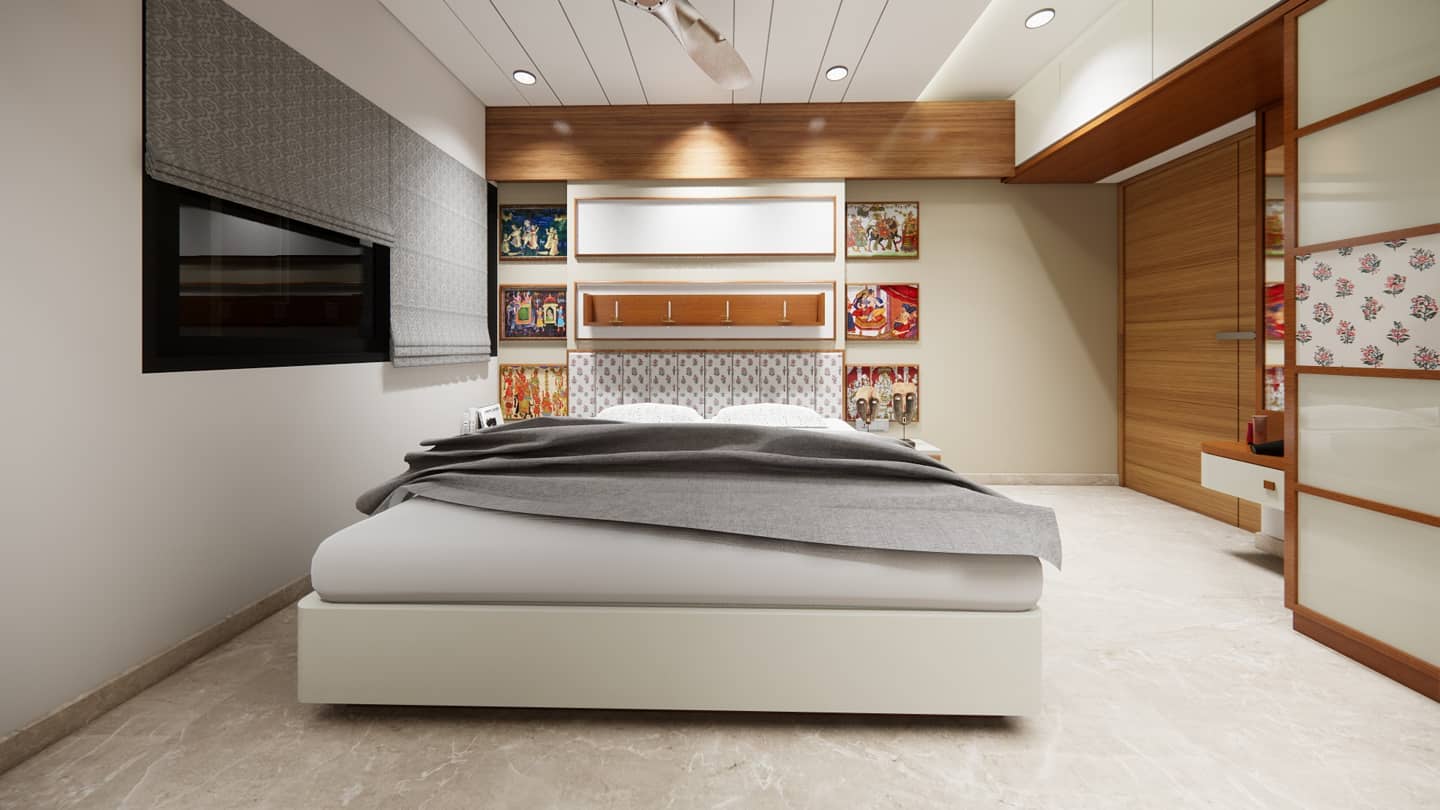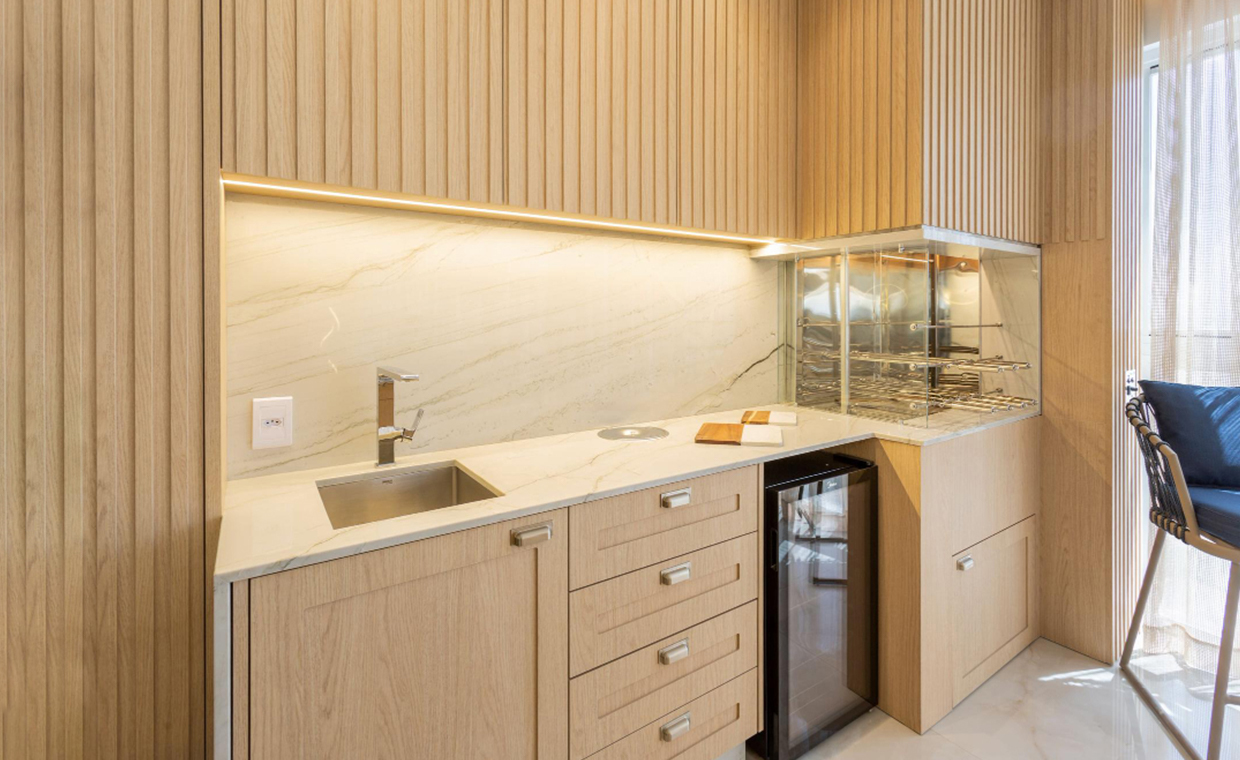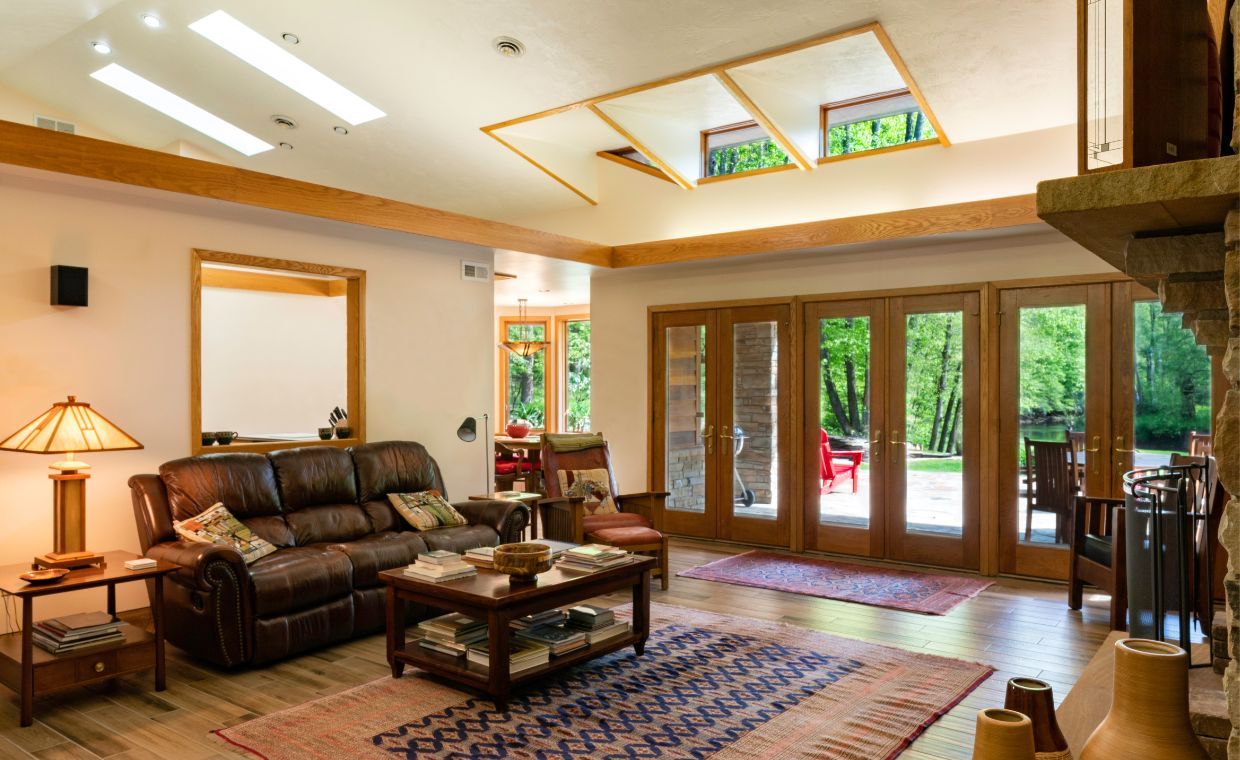
Table of Contents
Quick Summary
Remodeling your home involves a significant investment, yet costs can sometimes spiral unexpectedly. To help you stay on track, here are some essential tips for working with a remodeling contractor:
- Plan precisely for all the changes you want in your home remodel.
- Choose the right contractor for the job. Compare bids, materials, and approaches, along with the cost.
- Maintain accurate records of every expense, no matter how small.
- Stay in regular contact with your contractor for timely updates.
- Follow your plan and avoid last-minute changes.
- Select materials wisely – choose high-quality yet budget-friendly options.
- Request transparency from your contractor. Ask for detailed bills, cost breakdowns, and receipts.
- Request transparency from your construction contractor. Ask for detailed bills, cost breakdowns, and receipts.
- Build a professional relationship with your contractor to foster trust and cooperation.
House remodeling project is one of the most rewarding investments, however, it can also be one of the most expensive if costs get out of control. Many homeowners start their home remodeling project with the best intentions, only to be hit with unexpected expenses, scope changes, and delays that push them far beyond what they planned to spend.
The good news? Staying on budget is not about cutting corners – it is about working effectively with your remodeling contractor, making informed decisions, and setting up the project for success from day one. Here is a detailed guide that will help you keep your remodeling costs under control while still getting the desired results.
1. Start With a Detailed Plan and Clear Vision

The first step to staying on budget is knowing exactly what you want before any work begins. A vague plan like “update the kitchen” leaves room for interpretation, which can lead to misunderstandings and added costs.
Instead, create a detailed project outline that includes:
- A list of must-have features and “nice-to-have” upgrades.
- Specific materials, colors, and finishes.
- Any structural or layout changes.
The more specific you are in the planning stage, the easier it is for your contractor to give you an accurate estimate and avoid costly mid-project changes.
Pro tip: Gather photos, product samples, or design inspirations so your contractor knows exactly what you envision.
2. Choose the Right Contractor Through Multiple Bids

Even if you already have a preferred contractor in mind, it is wise to go for at least three bids. This will give you a better sense of the market rate and will also help you evaluate different approaches to your project.
When comparing bids, don’t focus only on price. Consider:
- The contractor’s experience with similar projects.
- The quality of materials proposed.
- The level of detail in their cost breakdown.
A bid that’s significantly lower than others may be missing key details or using lower-quality materials that could lead to extra costs later.
3. Put the Budget and Scope in Writing
Once you’ve chosen your contractor, make sure every detail of the budget is documented in the contract. This should include:
- Labor costs.
- Material costs.
- Allowances for items you haven’t yet selected (like tile or appliances).
- A contingency fund of 10 – 15% for unexpected issues.
Having the scope and costs in writing protects both you and the contractor and reduces the risk of misunderstandings.
4. Keep Communication Consistent

Clear, ongoing communication is key to preventing budget overruns. Schedule regular check-ins – weekly or biweekly – so you and your contractor can:
- Review progress.
- Address any concerns.
- Approve or decline changes before they’re implemented.
By catching small issues early, you can prevent them from turning into expensive problems later.
5. Minimize Last-Minute Changes
One of the fastest ways to overspend on a remodel is to change your mind once work has already begun. For example, deciding mid-project that you want a different color combination may mean additional material costs, rework, and schedule delays.
If you must make a change:
- Request a written change order with a breakdown of added costs and any timeline impacts.
- Approve changes only after reviewing how they affect your budget.
6. Be Strategic About Material Choices
Your choice of materials can make a big difference in your overall costs. If you are nearing your budget limit, consider high-quality alternatives to premium materials. For instance:
- Quartz instead of marble countertops.
- Luxury vinyl instead of hardwood flooring.
- Prefabricated cabinets instead of fully custom builds.
These swaps can save thousands without compromising style or durability.
7. Watch for “Small” Costs That Add Up
It is not just the big-ticket items that shoot up your budget – small expenses can sneak up, too. Things like upgraded hardware, fancy light fixtures, and premium paint finishes can quickly add hundreds or even thousands of dollars.
Budget tip: Track every selection you make, and always compare it against the allowance in your contract before approving the purchase.
Also Read: How to Budget & Track Costs during Home Renovation Projects?
8. Ask for Transparency in Billing

Even the most reputable contractors can make billing mistakes, so don’t be afraid to request detailed cost breakdowns and receipts for materials. This keeps everything transparent and gives you peace of mind that you’re only paying for what’s agreed.
9. Plan for the Unexpected
No matter how well you prepare, remodeling can uncover hidden issues – especially in older homes. You might find outdated wiring, water damage, or structural problems once walls are opened.
Your contingency fund is there for these surprises. The key is to make sure it is used only for true emergencies – not for adding new design features on a whim.
10. Build a Strong Working Relationship
Finally, remember that your contractor is your partner in this project. Treat the relationship with professionalism and respect. A contractor who feels trusted and appreciated is often more willing to go the extra mile to help you stay on budget.
Also Read: Tips for Choosing the Right Building Contractor
Final Thoughts
Working with a remodeling contractor to stay on budget comes down to preparation, transparency, and communication. By defining your project in detail, choosing the right professional, keeping a close eye on expenses, and making decisions with discipline, you can enjoy the excitement of a remodel without the stress of runaway costs.
A home renovation should enhance both your space and your lifestyle – not leave you with financial regrets. With the right approach, you can achieve a stunning transformation that respects your vision, timeline, and budget.
Also Read: Revamp Your House Interiors On A Budget: 8 Creative Ideas
FAQs
01. Can you avoid going over budget on your home renovation?
Yes, with proper planning, timing, and communicating rightly with the contractor it is possible to carry out your house remodeling project without going over the budget.
02. What is the difference between renovation and remodel?
In renovation you can upgrade finishes or fixtures, while remodels involve structural changes, changes in plan, etc.
03. Why should I get multiple bids from contractors?
Multiple bids will help you to compare prices, services, and materials. This knowledge will help you in selecting the right contractor for your work.





